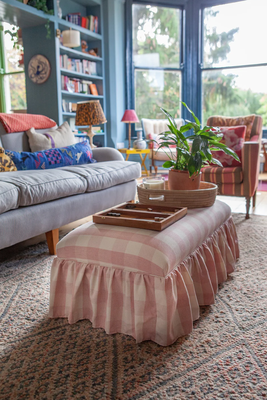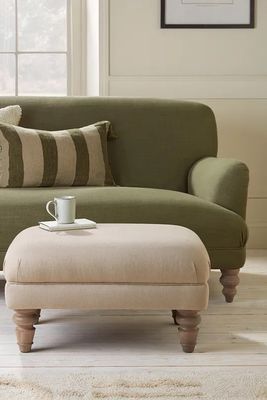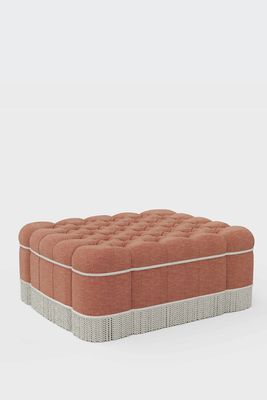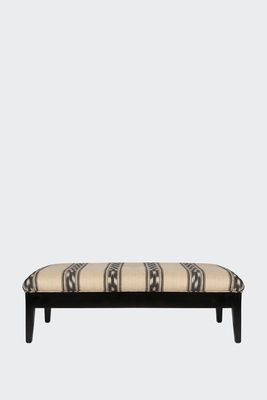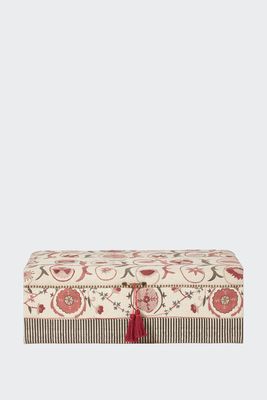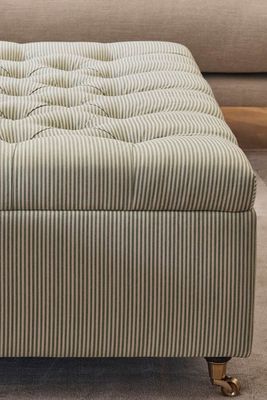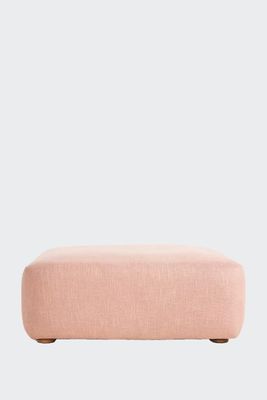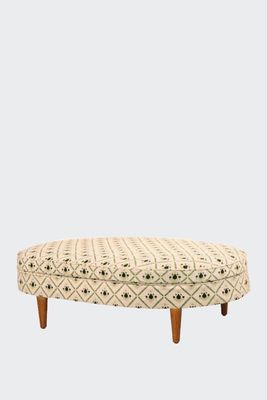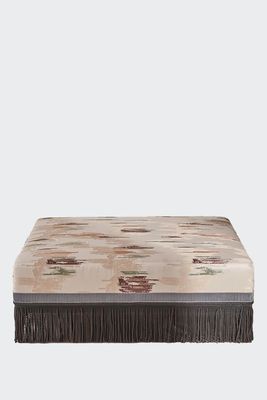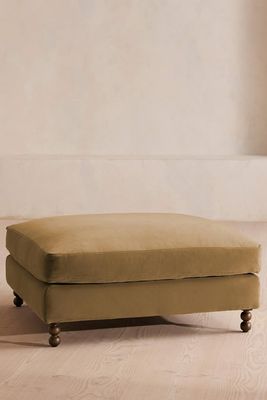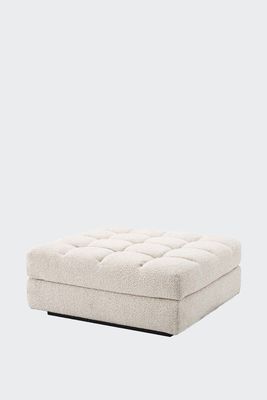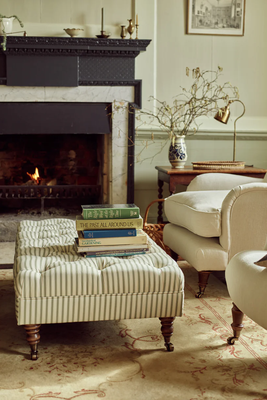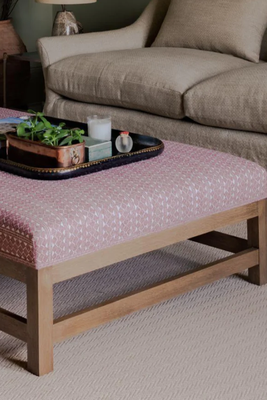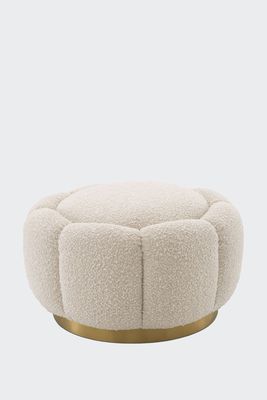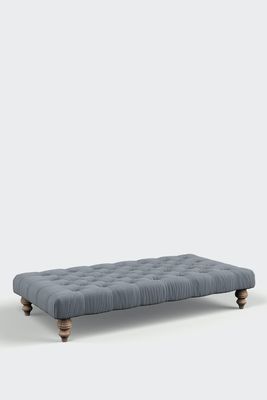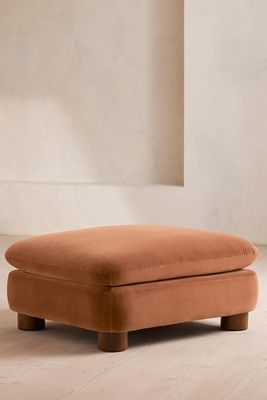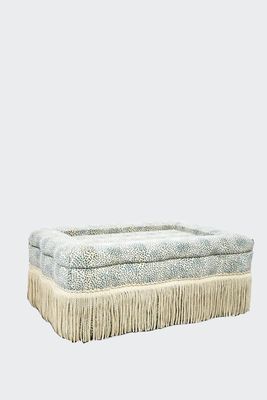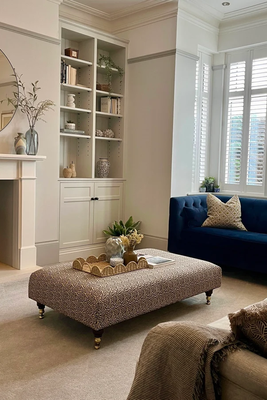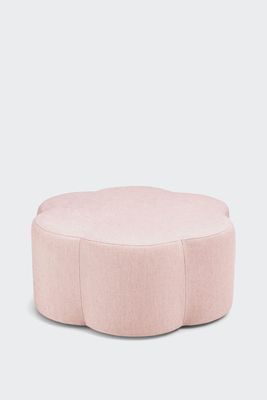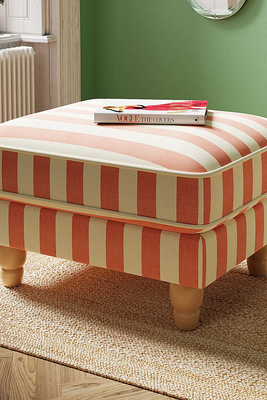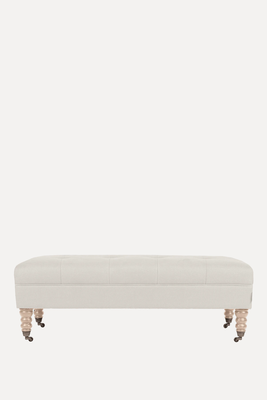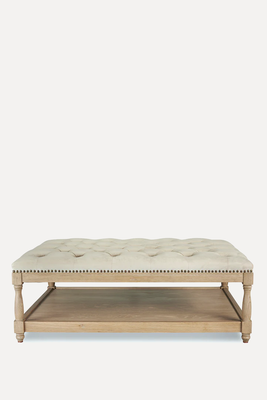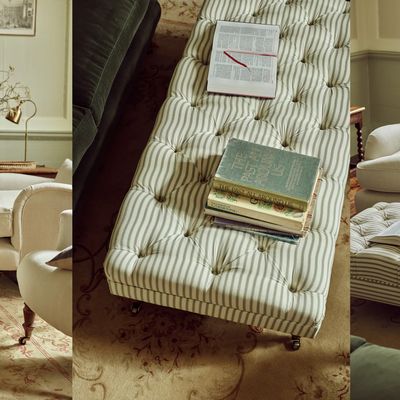
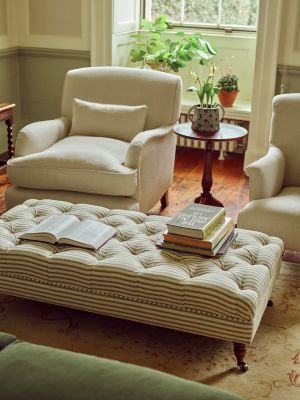
6 Dos & Don’ts For Finding The Right Ottoman
All products on this page have been selected by our editorial team, however we may make commission on some products.
DO Think About Shape
If space is limited, take off any square corners by finding an octagonal or oval ottoman to allow easier access within a modest layout. Light will then hit the various angles, adding more dimension to the space. However, in a room with more generous proportions, a larger ottoman in a geometric or more organic shape creates a focal point and can be an impactful design feature.
DON'T Overlook Storage
When it’s used to display decorative items on a tray, a scented candle and piles of beautiful books, an ottoman will add style to any room, but it’s also the ideal place to store things out of sight. We often install them with a hinged lid to tidy away children’s toys and make a space more grown-up in the evenings. Incorporating a large shelf underneath an upholstered top is another way to add valuable storage space.
DO Consider The Position
When an ottoman is placed in front of a sofa, it should be about two-thirds of the sofa’s width. You want to be sure anyone sitting at either end of the sofa still has access to it, but it should still allow enough space to walk past it with ease – 30-50cm in front of the sofa is about right. If it’s not used as a place to put your feet up, you can use it more as a decorative coffee table.
DON’T Use Delicate Fabrics
The fabric should be hard wearing on the top surface and upper sides, as they will invariably be used for resting weary legs, and will get brushed past a lot. The side fabric and any fringe around the base are more decorative, and therefore don’t need to be as hard wearing. However, it is advisable to treat the fabrics with a stain guard treatment if you can.
DO Think About The Legs
The finish of any timber used on the legs needs to work with the rest of the design in the space. For a more traditional room, go for a turned leg or bun feet (if the ottoman has solid sides). Go for a square leg or feet in a more modern setting. Adding castors to the base (or glides if on a timber floor) will allow it to be moved more easily.
DON’T Make These Common Mistakes
An ottoman will need to be moved for cleaning, so wheels and glides are very useful. If you have a lift-up lid, using a soft-close hydraulic arm will ensure it won’t slam shut on little fingers. Deep buttoning to the top adds texture to the design, but it won’t allow for drinks glasses to stand on top easily, so remember to use a tray for this. Finally, don’t be tempted to buy one which is so small your legs can’t rest on it. If necessary, buy two and place them back-to-back.
Visit HenryPrideaux.com
SHOP THE EDIT
DISCLAIMER: We endeavour to always credit the correct original source of every image we use. If you think a credit may be incorrect, please contact us at info@sheerluxe.com.
